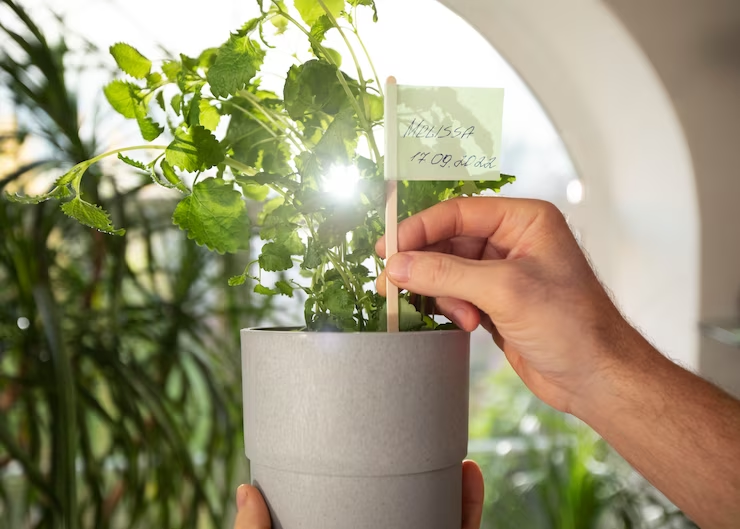Introduction:
Indoor gardening can be challenging due to limited natural sunlight. However, with the right grow lights, you can create an ideal environment for your indoor plants to thrive. In this blog post, we'll explore the importance of grow lights for indoor plants and provide step-by-step guidance on choosing the right lights, setting up a grow light system, and maintaining proper light exposure for healthy and vibrant indoor plants.
Understanding The Importance of Grow Lights:
Indoor plants require specific light spectrums for photosynthesis and healthy growth. Grow lights simulate natural sunlight and provide plants with the light they need for essential biological processes.
Choosing the Right Grow Lights:
- Types of Grow Lights:
- LED grow lights are energy-efficient and provide a full spectrum of light for various growth stages.
- Fluorescent grow lights are cost-effective and suitable for seedlings and low-light plants.
- Light Spectrum and Intensity:
- Blue light (400-500 nm) promotes vegetative growth, while red light (600-700 nm) encourages flowering and fruiting.
- Adjust light intensity based on the plant's light requirements and distance from the light source.
- Consider Plant Requirements:
- Research the specific light needs of your indoor plants, as different species may have varying light preferences.
Setting Up a Grow Light System:
- Determining Placement:
- Position grow lights above the plants to ensure even light distribution.
- Use adjustable hangers or fixtures to maintain the ideal distance between the light and the plants.
- Ideal Light Duration:
- Most indoor plants require 12 to 16 hours of light per day for optimal growth.
- Some plants may benefit from shorter or longer light exposure, so research the requirements accordingly.
- Creating a Light Schedule:
- Establish a consistent light schedule to mimic natural daylight cycles.
- Use timers to automate the light schedule and provide consistent light exposure.
Monitoring and Adjusting Light Exposure:
- Monitoring Plant Response:
- Observe your plants regularly for signs of light deficiency or excess, such as leaf discoloration or stretching.
- Adjust light duration or intensity if necessary based on plant responses.
- Adjusting Light Intensity:
- Lower light intensity for sensitive plants or young seedlings.
- Increase intensity during the flowering and fruiting stages to support optimal yield.
Grow Light Maintenance:
- Cleaning Grow Lights:
- Regularly clean the light fixtures and bulbs to remove dust and debris that can block light penetration.
- Replacing Bulbs:
- Monitor the lifespan of the grow light bulbs and replace them when they become less efficient.
- Preventing Overheating:
- Ensure proper ventilation and cooling for grow lights to prevent overheating and potential damage to plants.
Conclusion:
Grow lights offer a convenient and effective solution for indoor gardening, allowing you to cultivate healthy and vibrant plants year-round. By choosing the right grow lights, setting up a proper system, and monitoring light exposure, you can provide your indoor plants with the ideal conditions for optimal growth and development. Invest in high-quality grow lights and follow the best practices for maintenance to enjoy the rewards of a flourishing indoor garden.

